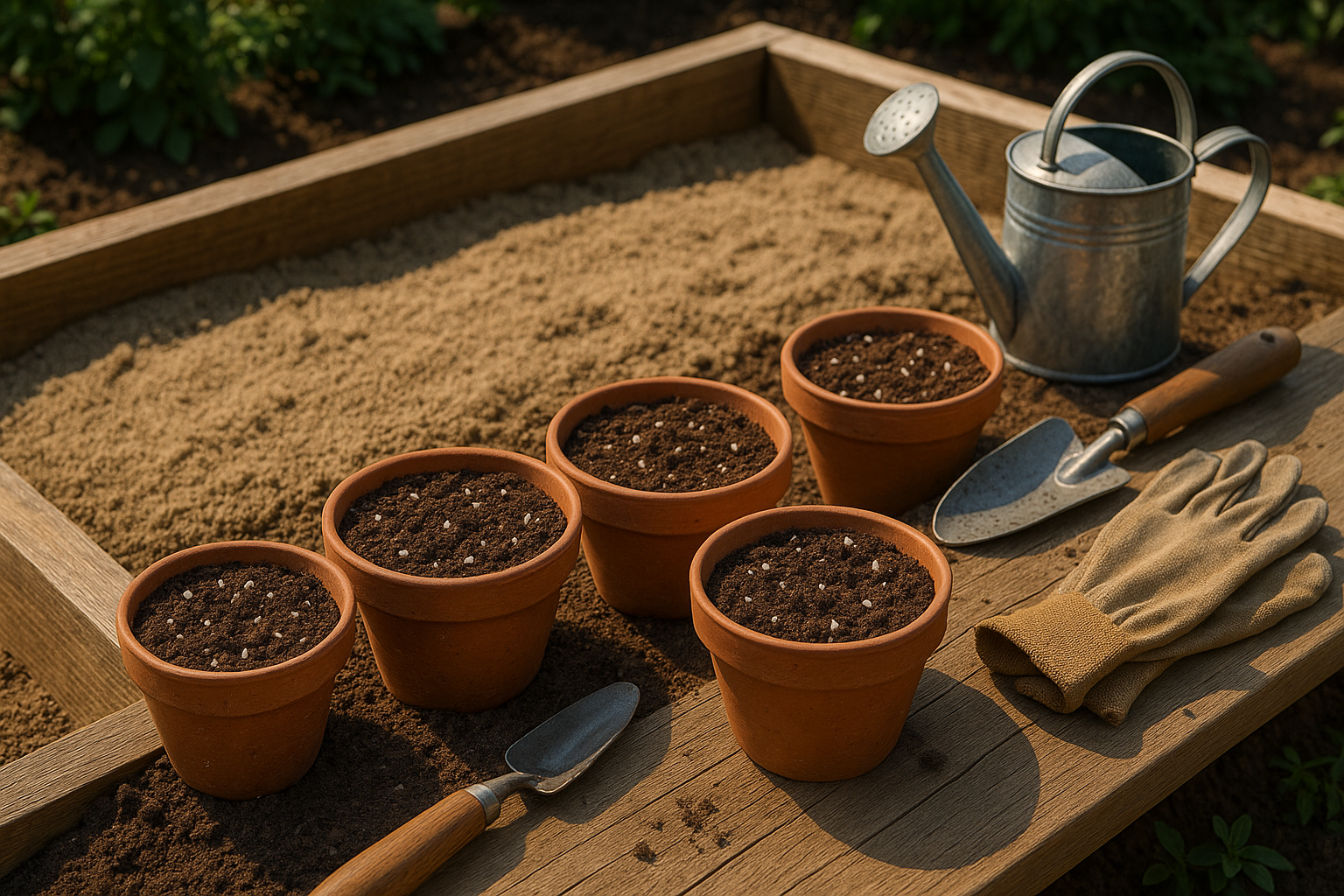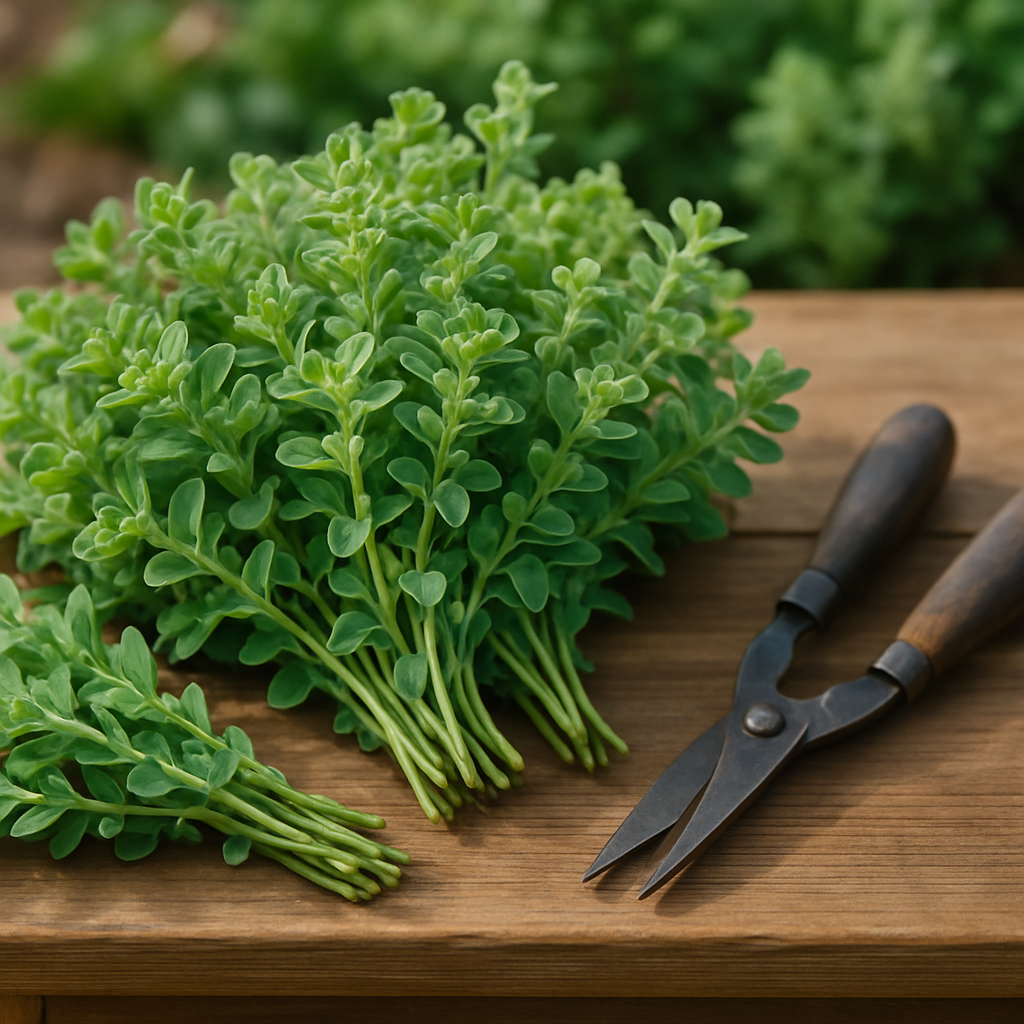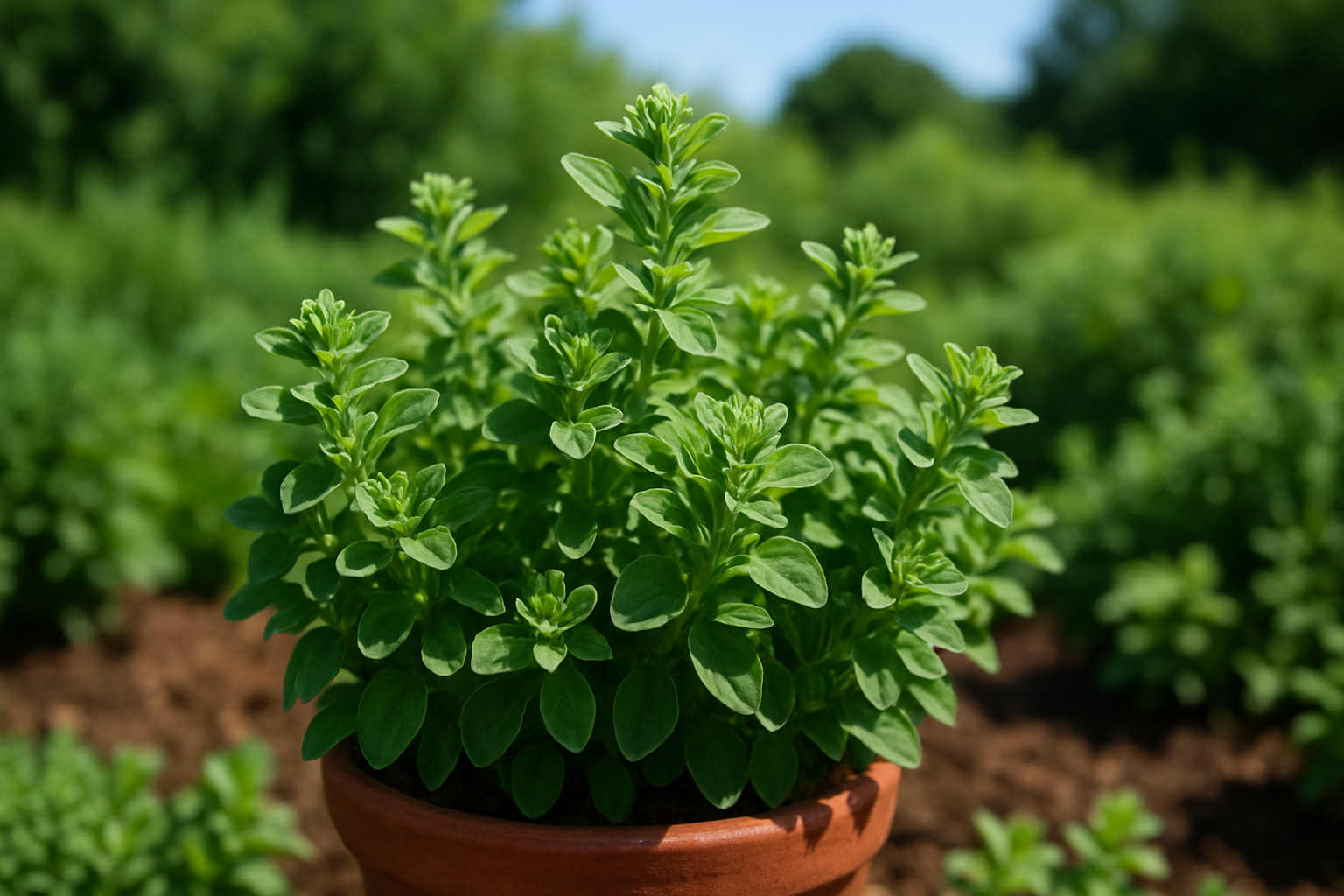Introduction to Marjoram
If you’re curious about how to harvest marjoram, you’re in for a flavorful adventure. Marjoram is an aromatic herb cherished in kitchens worldwide for its sweet, citrusy fragrance and subtle, savory taste. Whether you’re sprinkling it over roasted vegetables or stirring it into soups, marjoram lifts every dish with its delicate flavor.
Beyond the kitchen, marjoram has earned praise in traditional herbal medicine for its potential to support digestion, relieve stress, and offer mild anti-inflammatory benefits. When planning your herb garden, consider the three main types most home gardeners enjoy:
- Sweet marjoram – the classic kitchen favorite
- Pot marjoram – a little hardier and perfect for mixed containers
- Wild marjoram (also known as oregano) – ideal for those who like a bolder taste
Growing marjoram is simple and rewarding, and knowing how to harvest it at the right time means you’ll always have a fresh supply within arm’s reach.
Choosing and Preparing a Planting Spot

Finding the right spot for marjoram is essential for growing healthy, flavorful plants. Outdoors, pick garden beds or raised containers that receive at least six hours of sunlight daily—marjoram loves bright, direct light. If space is tight, marjoram also adapts well to indoor pots placed on a sunny windowsill.
Good drainage is key in any location. Heavy, soggy soil can cause root rot, so use a light, sandy, or loamy soil mix. For garden beds, loosen the soil to about 8 inches deep and mix in compost to boost nutrients.
When using pots or raised containers, choose ones with drainage holes and fill them with a high-quality potting mix blended with perlite or coarse sand. Indoors, be sure pots sit on trays to catch excess water, and check that plants don’t stay wet between waterings. These basic steps will help your marjoram thrive wherever you plant it.
Planting and Caring for Marjoram
When growing marjoram, you can start from seeds or purchase young plants from a nursery. Seeds are budget-friendly and offer a wider variety, but they require patience—germination takes around two weeks, and the seedlings are delicate. Nursery plants cost more but give you a head start, making them perfect for quicker harvests or beginners.
If sowing seeds, start indoors 6-8 weeks before the last expected frost. Sow seeds on the surface or bury them no more than ¼ inch deep, as marjoram seeds need light to germinate. Space seeds or plants about 8-10 inches apart to allow for good airflow and minimize disease.
Once seedlings have true leaves and the frost danger has passed, transplant them outside to a sunny, well-draining spot. Marjoram grows best in full sun and appreciates moderate watering—keep the soil moist, but not soggy, especially early on.
Use a balanced fertilizer sparingly; too much nutrition can dilute the herb’s flavor. Watch for common pests like aphids or spider mites, and fend them off with insecticidal soap or a gentle water spray. Good airflow and well-drained soil help prevent diseases like powdery mildew.
Regularly inspect plants, prune for shape, and remove any damaged leaves to keep your marjoram healthy and productive.
Harvesting Marjoram at Its Best

Knowing when to harvest marjoram is key to getting the best flavor and encouraging your plant to keep thriving. Look for marjoram stems that are about six to eight inches tall, with dense clusters of small, green leaves. The leaves will be at their peak aroma and flavor just before the plant begins to flower—if you spot tiny flower buds forming at the tips, it’s prime time to start snipping.
For the healthiest harvest, use clean, sharp scissors or garden shears to cut stems just above a leaf junction. This encourages the plant to branch out and grow fuller. Try not to remove more than one-third of the plant at a time, so it can recover and continue producing new growth.
Throughout the summer, you can harvest marjoram every few weeks, especially if you want a continual supply of fresh leaves for your kitchen. Regular harvesting also helps prevent the plant from becoming woody or sparse.
Preserving and Storing Marjoram
Preserving marjoram’s delicate flavor starts with choosing the right method for your needs. To dry marjoram, tie small bundles of fresh sprigs and hang them upside down in a cool, dark spot with good airflow—this usually takes about a week. Once dry, gently crumble the leaves and store them in an airtight container away from sunlight; dried marjoram maintains its best flavor for up to six months.
For freezing, chop the fresh leaves and place them in ice cube trays with a little water or olive oil. This locks in the vibrant aroma and creates perfect portions for soups or sauces. Fresh marjoram also lasts up to a week in the fridge if you wrap the stems in a damp paper towel and seal them in a plastic bag.
Whenever you’re ready to cook, use dried marjoram in slow-cooked recipes, and opt for frozen or fresh leaves to finish dishes and capture their brightest taste.
Culinary and Everyday Uses for Marjoram
Marjoram is a versatile herb that can elevate both your kitchen creations and everyday routines. In cooking, its mild, sweet flavor makes it a favorite for seasoning meats like chicken, pork, and lamb—simply sprinkle dried marjoram over a roast or blend fresh leaves into a marinade for a subtle, aromatic boost.
Soups, stews, and tomato-based sauces also benefit from marjoram’s gentle earthiness, which pairs well with vegetables, beans, and even delicate seafood dishes. Salads gain a fresh twist when you toss in chopped fresh marjoram alongside basil and parsley.
Beyond the kitchen, marjoram shines as a soothing addition to herbal teas, where it’s believed to help with digestion and relaxation. You can fill sachets with dried marjoram to freshen drawers, closets, or even your car with its calming scent.
For creative uses, try these ideas:
- Infuse marjoram in olive oil for dipping bread.
- Blend it into homemade salad dressings.
- Steep it in honey for a flavorful drizzle over cheese or desserts.
- Add marjoram to bath salts or DIY facial steams to enjoy its gentle aroma and calming properties.
With its subtlety and charm, marjoram easily finds a place in both your recipes and self-care rituals.
